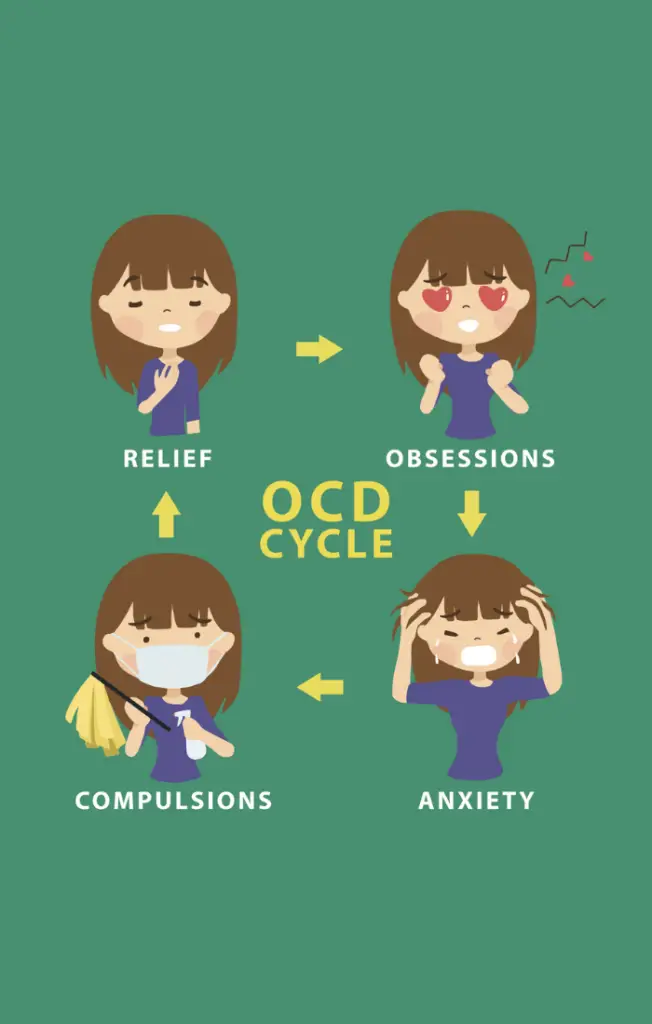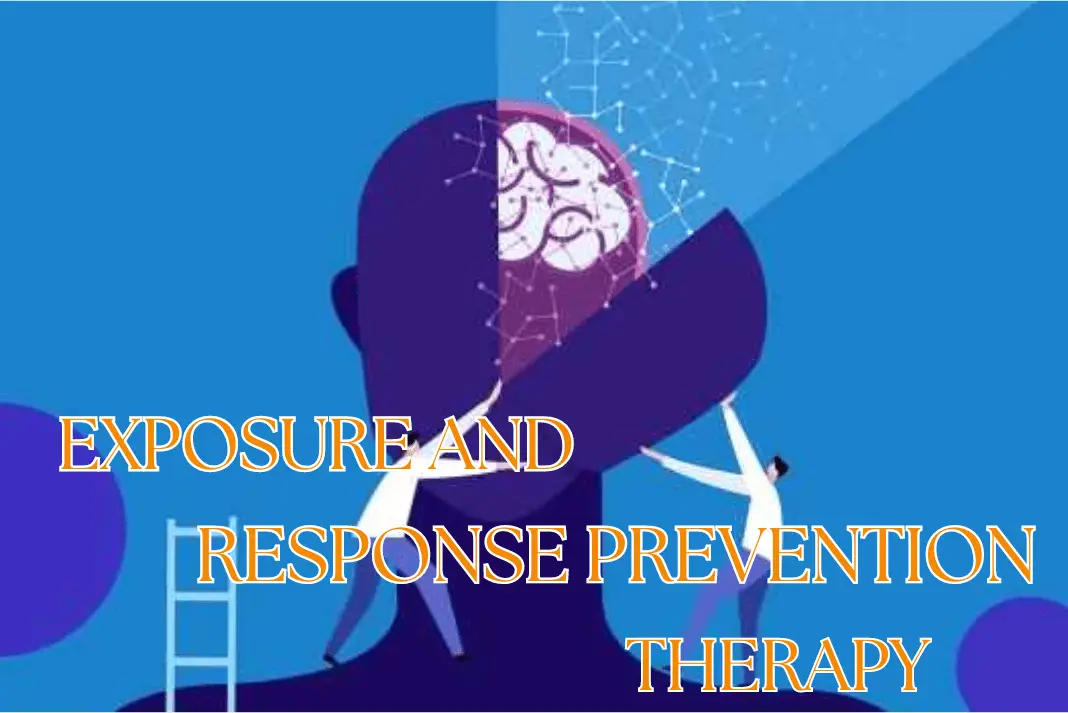Exposure and Response Prevention Therapy (ERP Therapy) is a type of cognitive behavioral therapy commonly used to treat individuals suffering from anxiety disorders such as Obsessive-Compulsive Disorder (OCD). This therapy focuses on breaking the cycle of obsessions and compulsions by exposing the individual to their fears in a controlled environment, without allowing them to engage in their usual compulsive behaviors.
In this article, we will delve deeper into the principles behind ERP Therapy, explore how it is conducted, and discuss its effectiveness in treating anxiety disorders.
Table of Contents
Understanding Exposure Therapy
Exposure therapy is a mental treatment designed to help people confront and reduce their fears and anxieties. This evidence-based totally method is commonly used to deal with anxiety problems, PTSD, and phobias. The fundamental precept of exposure therapy includes gradual and repeated exposure to the feared object, situation, or intrusive thought in a managed and safe environment. By dealing with their fears at once, sufferers analyze that their tension decreases through the years and that they can deal with the distressing mind and sensations.
By this procedure, therapist may facilitates in reduction of the cycle of avoidance and worry, ultimately leading to a significant reduction in tension and improved overall functioning. Through established and systematic exposure sessions, individuals can gain long-lasting relief from their symptoms and regain control over their lives.
Understanding Response Prevention Therapy
Response Prevention Therapy, regularly called Exposure and Response Prevention (ERP), is a specialized form of cognitive-behavioral therapy (CBT) mainly effective for treating OCD. The intention is to assist people with OCD to ensure that they can tolerate the anxiety and that the distressing outcomes they worry about do not arise or are not as catastrophic as they count on. Over time, response prevention for obsessive-compulsive disorder reduces the energy of obsessive thoughts and decrease the urge to have interaction in compulsive behaviors, leading to significant improvements in OCD symptoms and overall quality of life.

How ERP Work?
Exposure and Response Prevention (ERP) works with the aid of systematically desensitizing people to the triggers of their anxiety and breaking the cycle of compulsive behavior. Main components of ERP are: exposure and response prevention. It is mainly used as effective treatment for OCD. During the exposure segment, people are progressively and repeatedly exposed to conditions or thoughts that cause their tension or obsessive thoughts. This exposure is occurred in a managed and therapeutic setting to make sure protection and manageability.
Response prevention is one different phase. In the response prevention phase, individuals are guided to resist the urge of taking compulsive rituals that they commonly use to lessen their anxiety. Through repeated exercise, response prevention can help people learn how to tolerate the discomfort and tension without resorting to compulsive behaviors. Over time, your mental health professional along with this technique enables to weaken the association among the anxiety triggers and the compulsive responses, leading to a reduction in the frequency and depth of each obsessions and compulsions. This approach empowers people to regain control over their lives and drastically enhance their functioning and well-being. People who receive ERP will see improvement in their life.
ERP Techniques
ERP therapy is a form of cognitive behavioral therapy that include exposure exercises and practicing response prevention to deal with compulsions or avoidance behaviors that lead to significant reduction in OCD symptoms. People with OCD often go to sessions of ERP for their disease. ERP professional will help you in treatment of obsessive-compulsive disorder by ERP techniques.
Hierarchical Exposure:
Exposure hierarchy entails growing a list of feared situations or thoughts, ranked from least to maximum anxiety-provoking. Individuals are gradually exposed to those triggers, beginning with the least distressing and operating their manner up the hierarchy.
Imaginal Exposure:
In cases in which real-life exposure is impractical or too distressing to begin with, people are guided through detailed mental imagery of the dreaded situations or thoughts. This helps them confront their anxieties in a controlled and safe way.
In Vivo Exposure:
This involves direct, actual-life exposure to feared situations or thoughts. Individuals exercise dealing with their anxieties in normal settings under the guidance of their therapist, which allows to face your fears over time.
Interoceptive Exposure:
This technique targets the physical sensations associated with anxiety, which includes a racing heart or shortness of breath. Individuals deliberately induce these sensations in a controlled manner to lessen their anxiety of them.
Response Prevention:
Central to ERP, this technique requires people to face engaging in their common compulsive behaviors or rituals after exposure to tension triggers. This helps destroy the cycle of reinforcement that keeps the tension.
Mindfulness and Relaxation Techniques:
These are frequently included into ERP to assist people manipulate the heightened anxiety that comes with exposure. Mindfulness practices encourage present-moment awareness and acceptance, even as relaxation strategies, such as deep breathing or progressive muscle relaxation, help reduce overall stress levels.
These strategies, while used in combination, shape a comprehensive technique that steadily reduces anxiety and discomfort, leading to improved mental health and daily functioning.

Limitations and Considerations
Initial Discomfort: ERP can cause significant tension and discomfort at the beginning, as people are exposed to their fears with out carrying out their traditional coping mechanisms.
Time-Intensive: ERP calls for a long time commitment, both in phrases of therapy sessions and practicing strategies between sessions.
Emotional Distress: The technique of confronting deeply ingrained fears can result in emotional distress and, in some instances, heightened tension before improvements are visible.
Requires Motivation: Success in ERP remedy closely depends on the person’s dedication and willingness to confront their fears always.
Not Suitable for All: ERP may not be suitable for people with certain mental health disorders, along with extreme depression, social anxiety or psychosis, with out additional therapeutic guide.
Access to Qualified Therapists: Finding a health professional with specialized training and experience in ERP can be challenging, restricting get admission to to effective remedy for some people.
Financial Cost: The cost of engaging in treatment may be a barrier for a few humans, mainly in view that ERP regularly calls for numerous sessions to achieve lasting effects.
Need for Support: Support from circle of relatives and buddies can be crucial, and lack of awareness or aid from loved ones might avoid progress in ERP therapy.
Many people with OCD and its symptoms go with ERP therapy. Your therapist will guide you to the whole process. Remember, you are not alone. You can take control of your life again.
Hi, I’m Sophia! Welcome to my blog Try Stress Management (trystressmanagement.com), where I share simple, down-to-earth ways to handle stress and bring more calm into everyday life. Think of me as your friendly guide, offering practical tips, reflections, and little reminders that we’re all figuring this out together.
When I’m not blogging, you’ll usually find me with a good book, sipping tea, or exploring new walking trails. I believe small changes can make a big difference—and that a calmer, happier life is possible for everyone.

